Like many of life's great questions, this question was answered after a good-natured argument between a married couple on the podcast Every Little Thing by Gimlet Media:
Listeners Marmie and Ryan have a quarantine quibble: How many times should you shuffle a deck of playing cards? Marmie says three, while Ryan says four or more. The couple place their bets and go all-in with applied mathematician Steven Strogatz and a full house of card-world VIPs.
We love game and gifts here at Walnut Studiolo, not to mention settling arguments between married couples on game rules! So we were both more than excited to find out the answer to this problem.


Listen to the podcast below for the full story, or skip ahead to read a spoiler summary of of what they found: Podcast on Spotify
~ SPOILER ALERT! ~
There is a mathematical solution to achieve pure random distribution, and a real-world solution to achieve acceptable randomness that won't disrupt the flow of play.
First, they had to agree on what "Random" means: "any card is equally likely to be in any position in the deck", or the "uniform distribution."
Second, they had to agree on what a "Shuffle" was, which they refer to as a "Riffle": Split the deck roughly in half, one half in the left hand and one half in the right. Then with thumbs, pull on each of the halves so that the cards on the left interdigitate with the cards on the right." Other forms of shuffling include the box or cut, and the "Monaco" style tabletop scatter.
But first -- here's a mind-blowing fact: The number of ways that a deck of 52 cards can be randomized is a big number -- a really big number. To get at the answer, it's called 52 factorial, or 52! in a mathematical terms: 52 x 51 x 50 x 49.... and so until until finally x 3 x 2 x1. This comes out to a mind-blowingly larger number with 68 digits in it, such as:
10,000,000,000,000,000,000,000,000,000,000,000,000,000,000,000,000,000,000,000,000,000,000
In other words, a trillion-trillion-trillion-trillion-trillion combinations. It's more than the number of stars in the universe, and probability-wise it's likely that every time you shuffle, no-one else in the history of the world has had that outcome!
It was a "hairy bit of math" for mathematicians to come up with a mathematical answer to this question, but the agreed-upon answer for number of riffles it takes to get to random is... about 7 times to get a really random order of cards. And there's no advantage to shuffling any more than that. So Math is on Team Ryan.
And yet... dealers in Vegas would never shuffle 7 times, because that would take too much time and it would disrupt the flow of the game, lose momentum. The Vegas standard is 3: riffle, riffle, box, riffle, cut. "The 3 shuffle technique is the industry standard." So Vegas is on team Marmie.
~ SPOILER OVER! ~
Here at Walnut, we're going to stick with the Vegas shuffle, and the occasional Monaco. But going forward, how are Marmie and Ryan going to shuffle? Listen to the podcast to find out: Podcast Episode



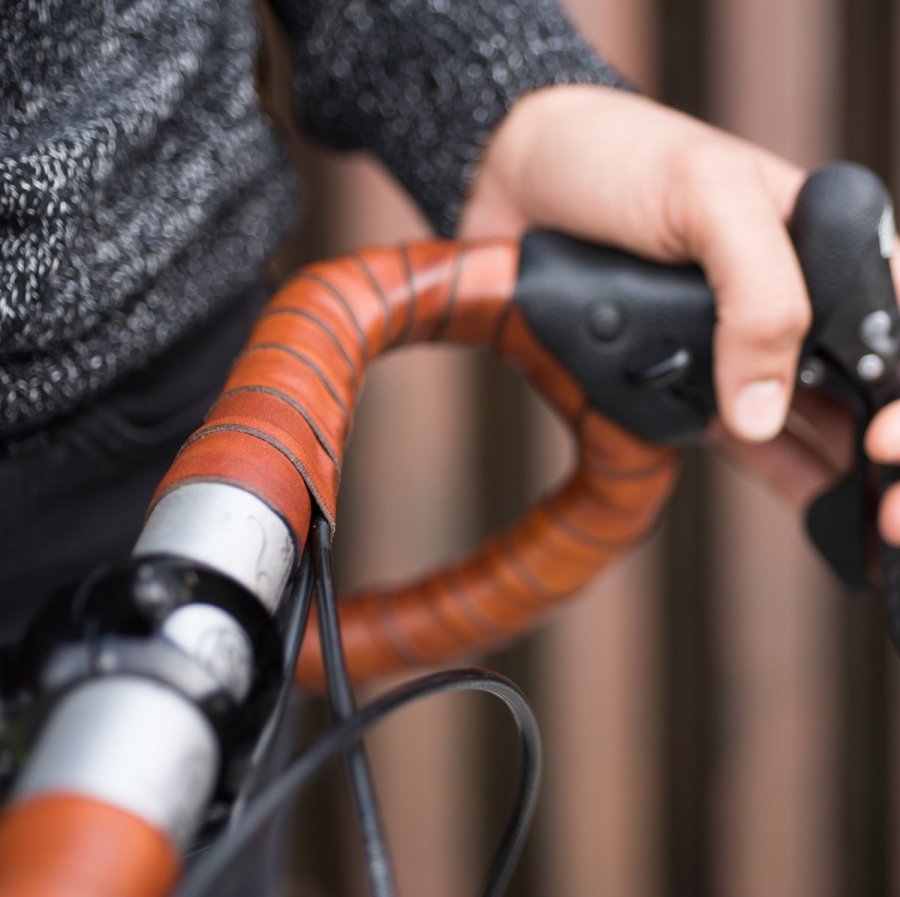
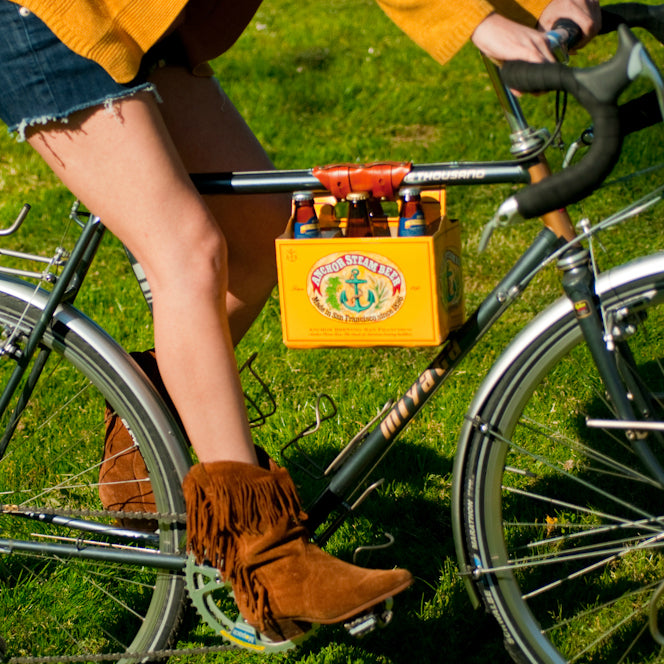
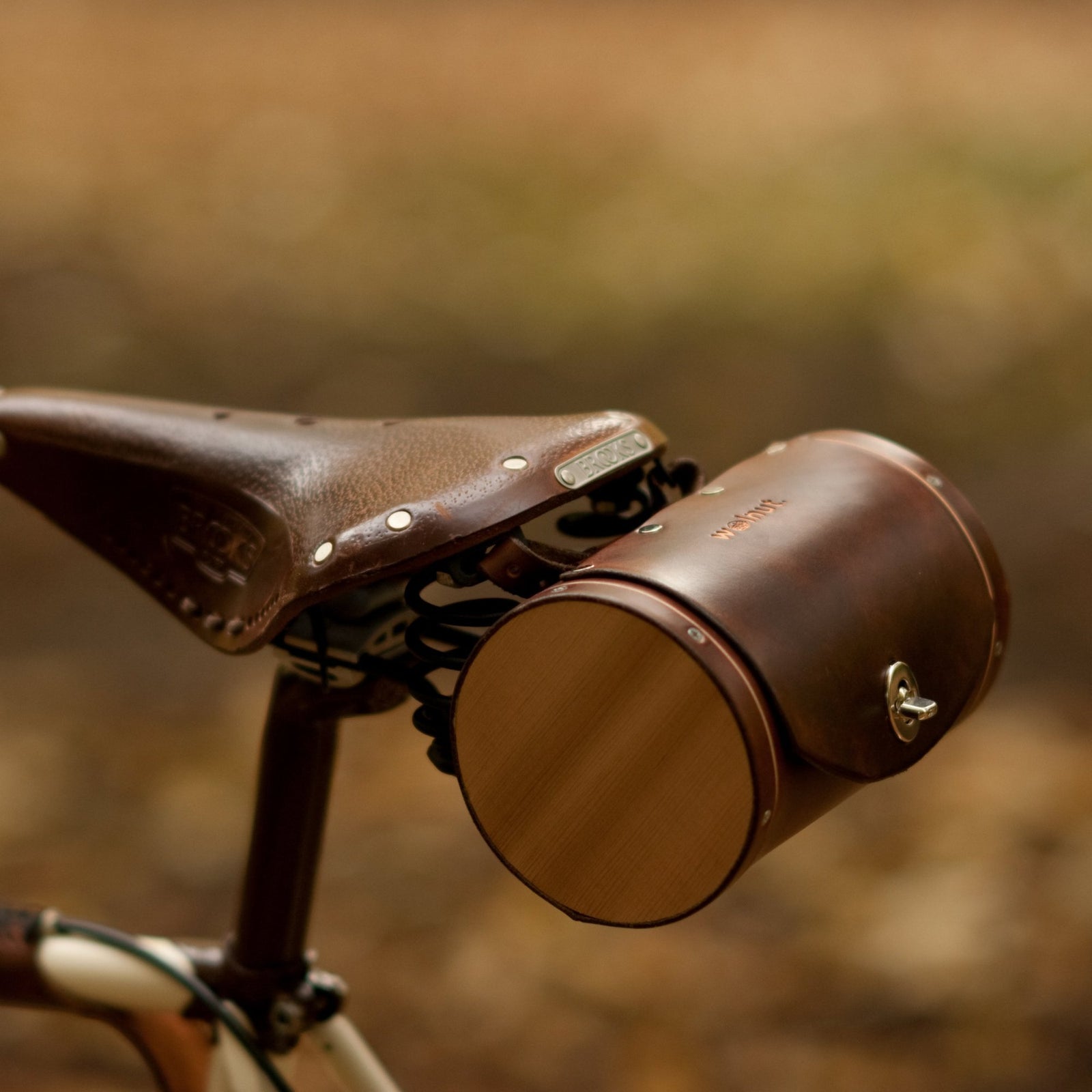
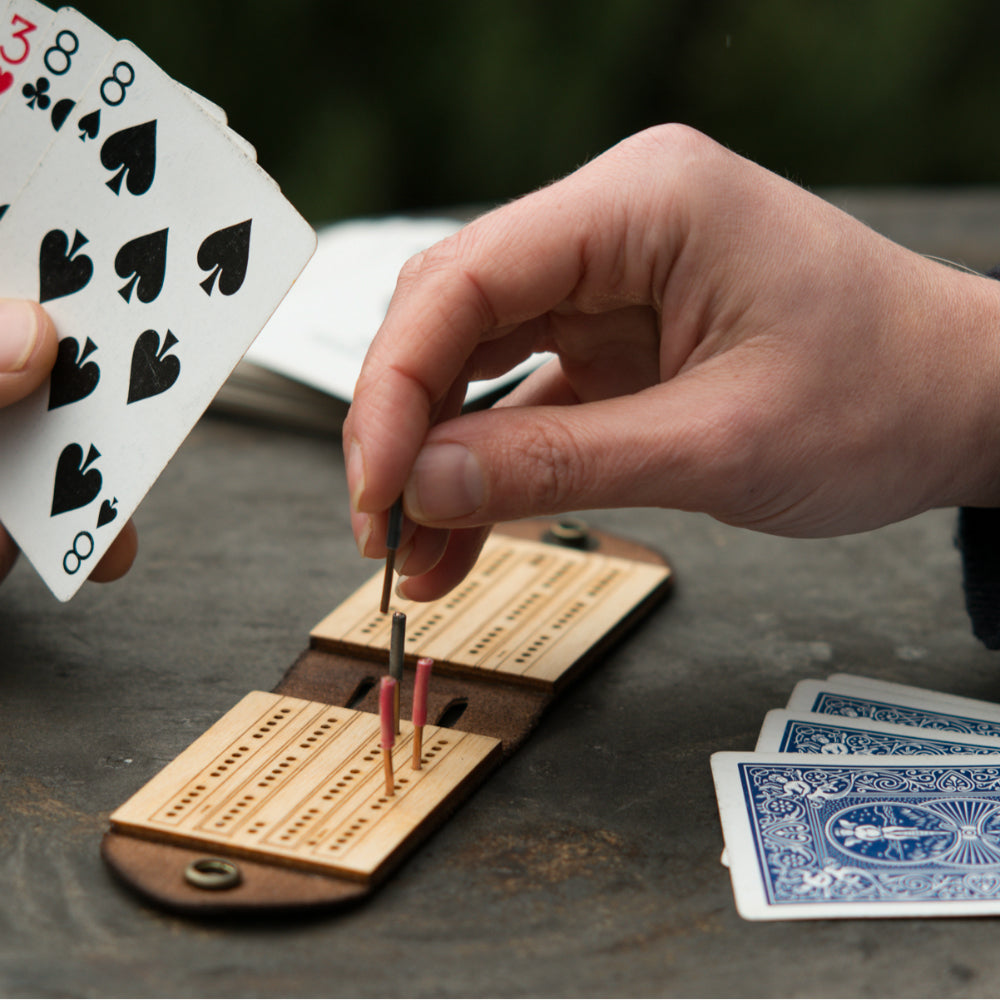
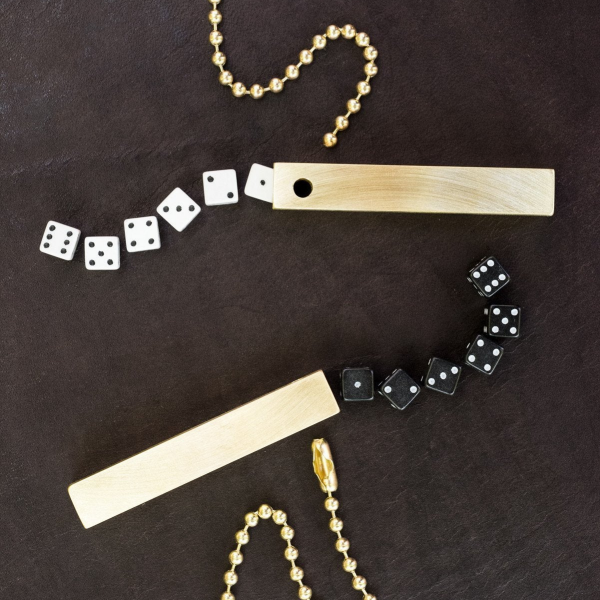
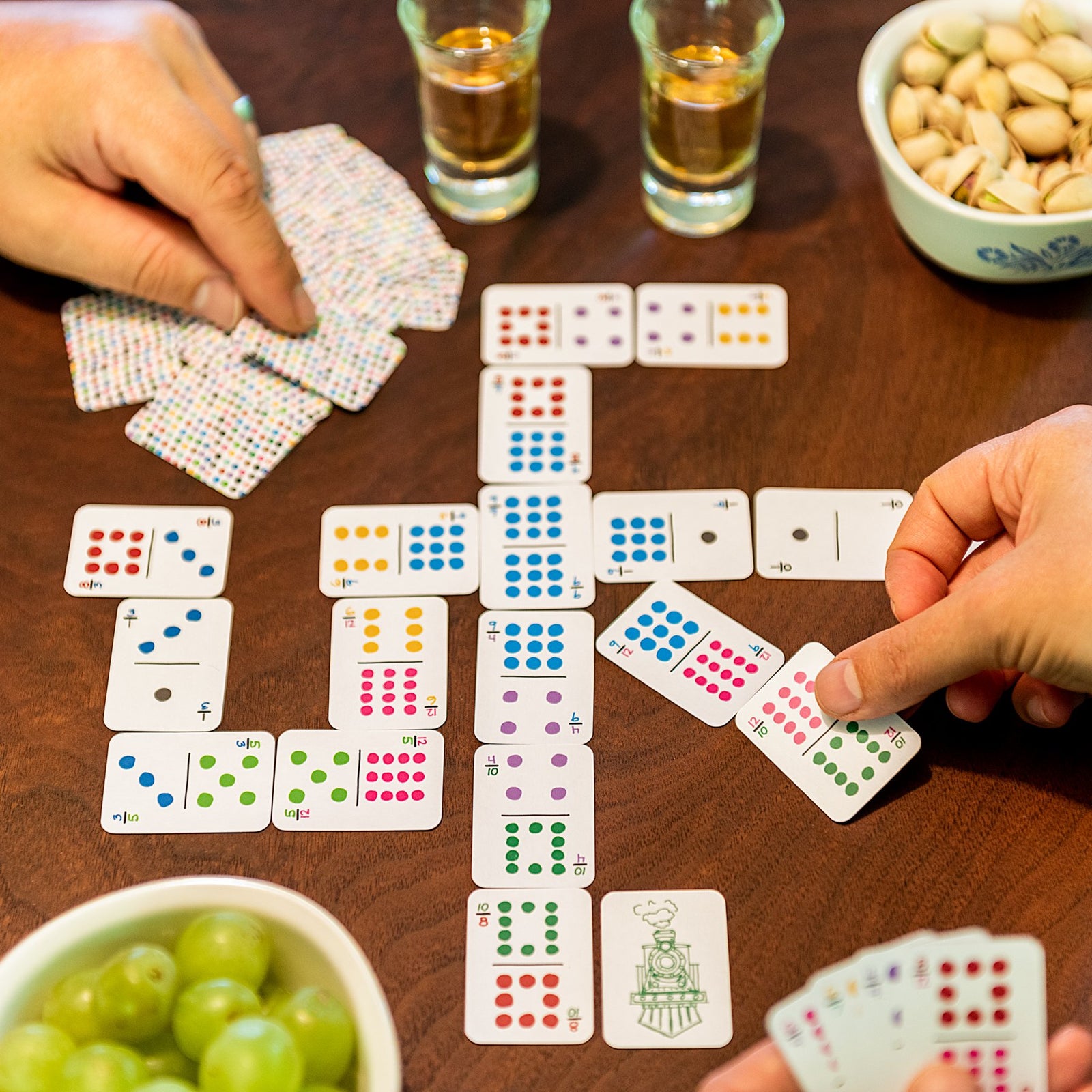
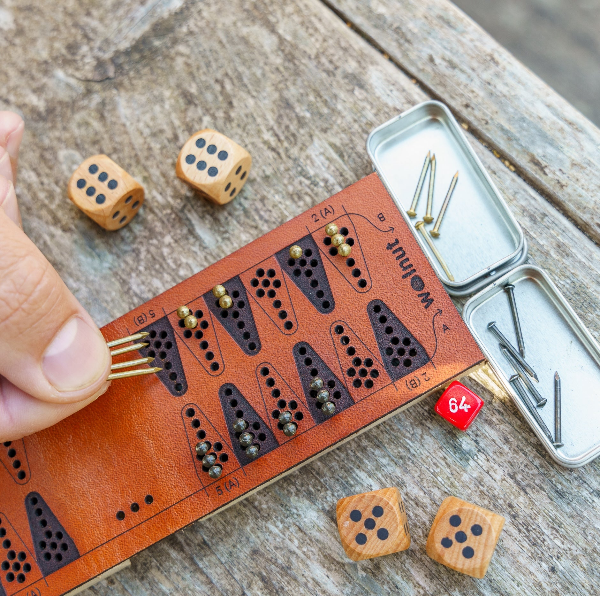
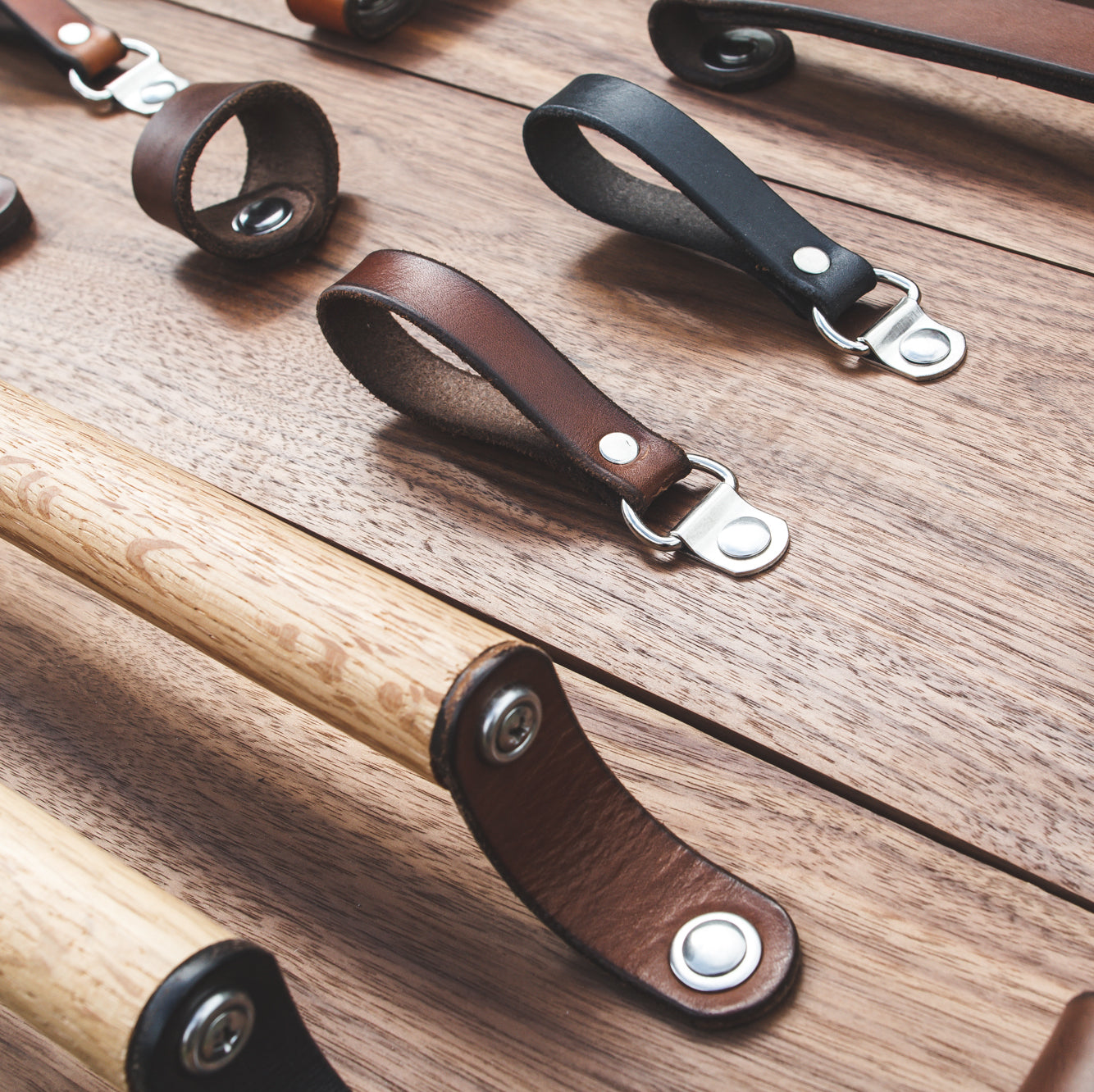
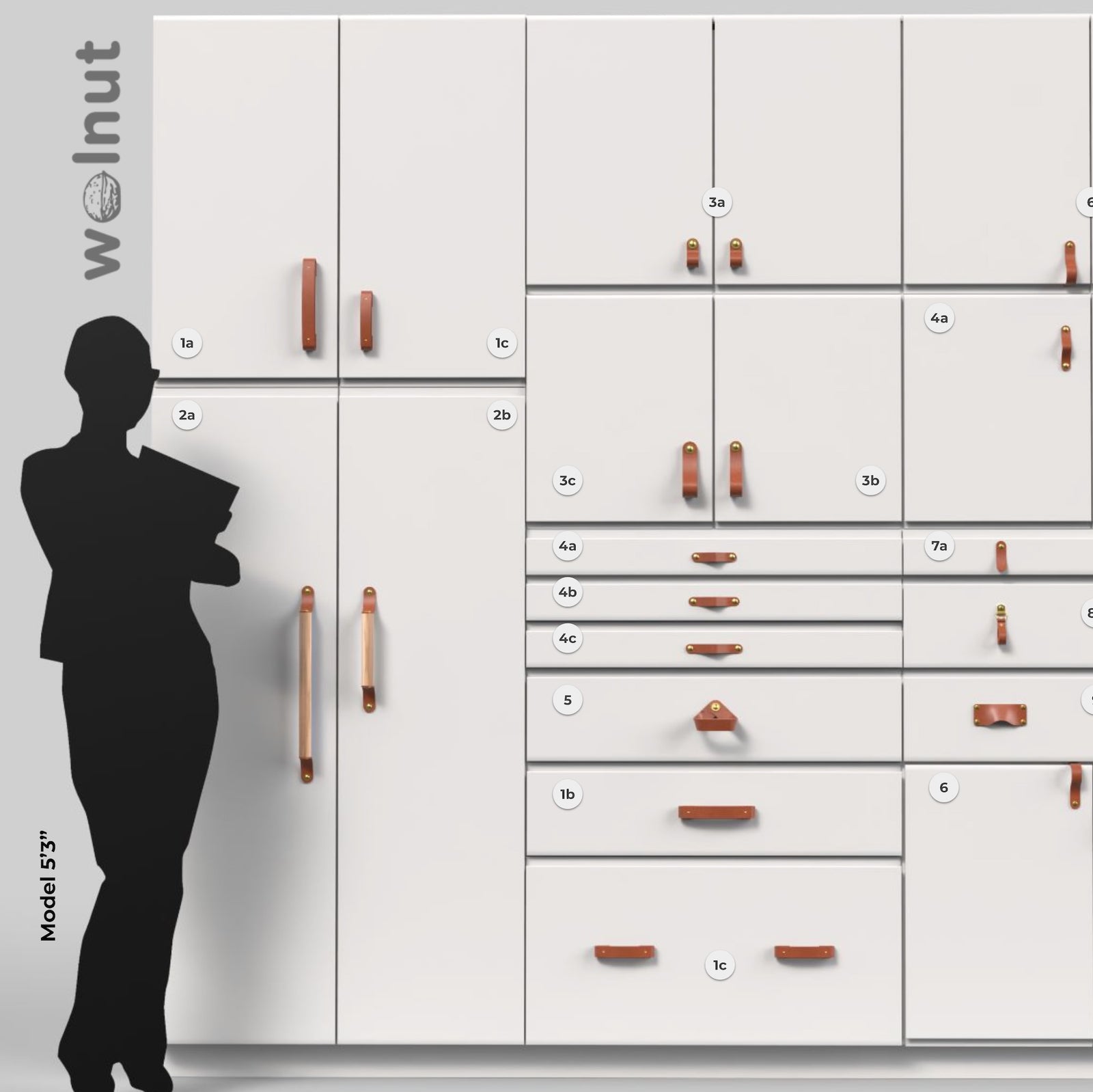
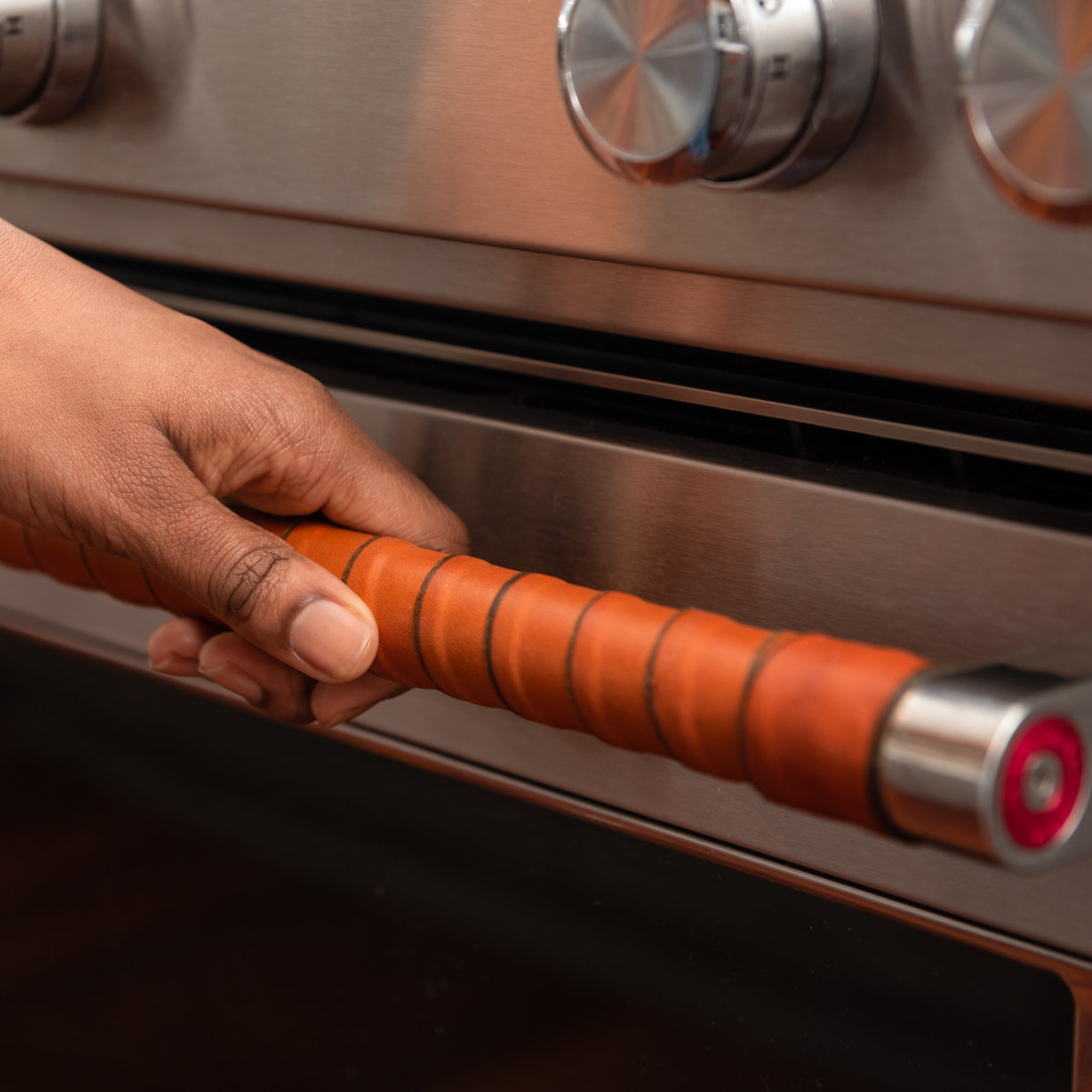
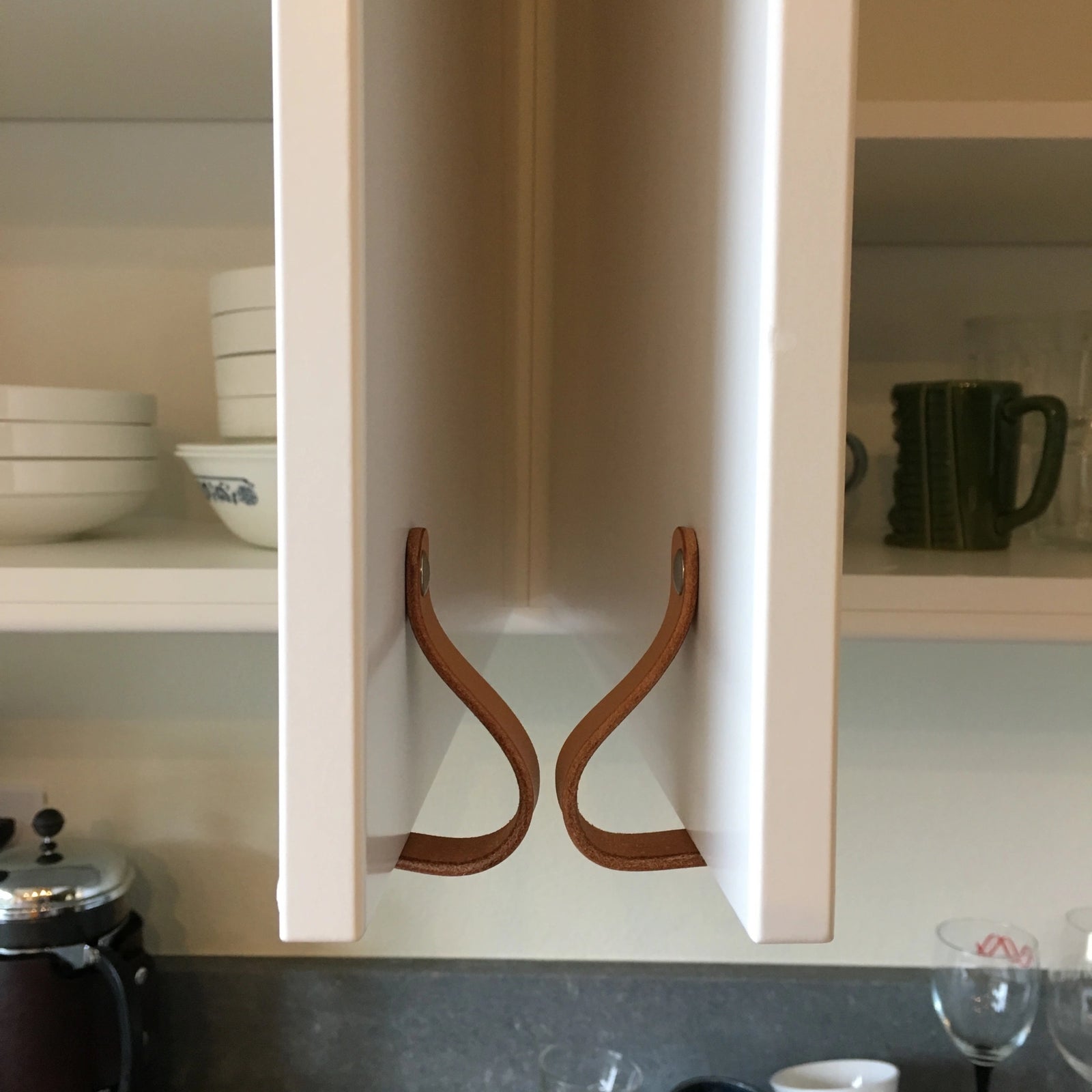


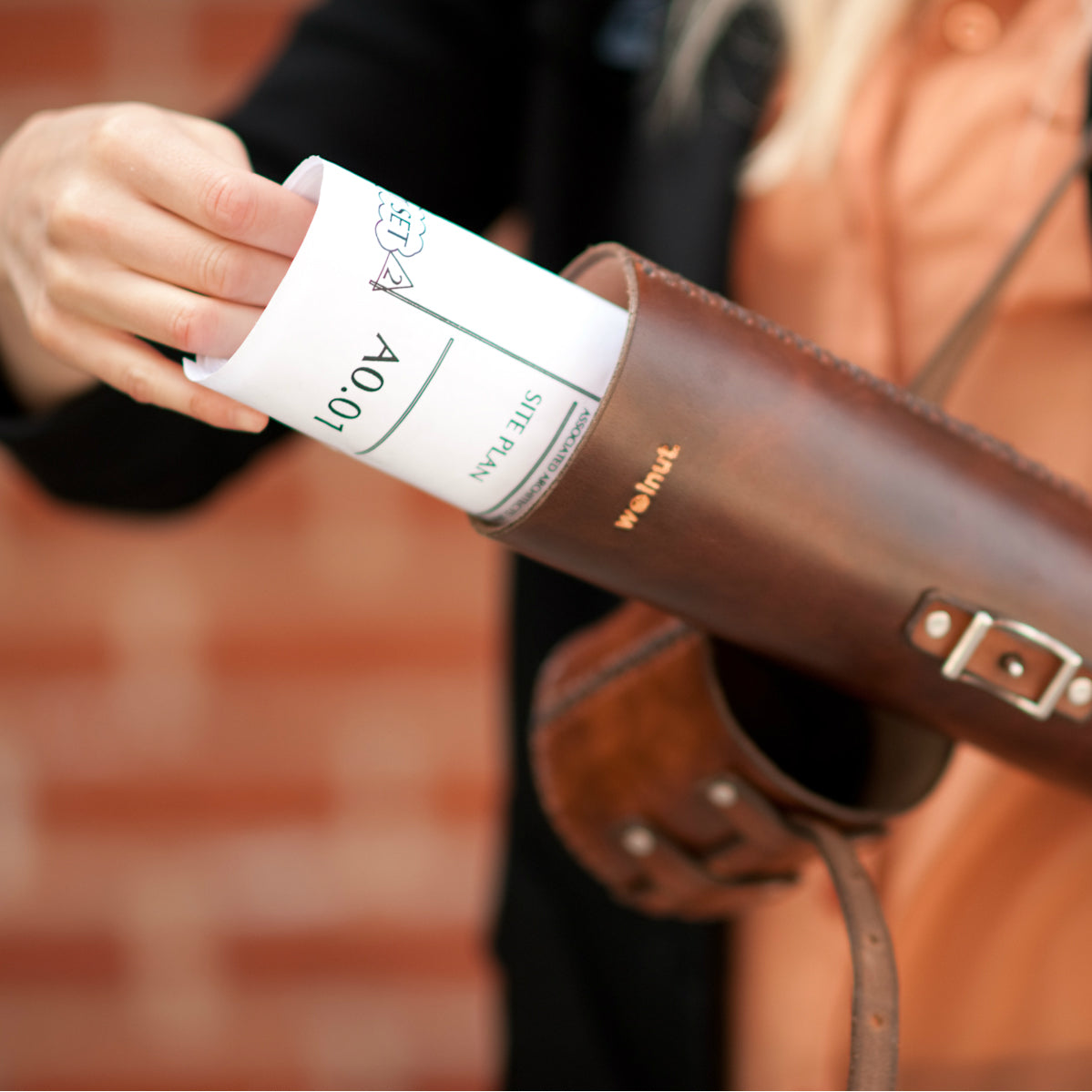
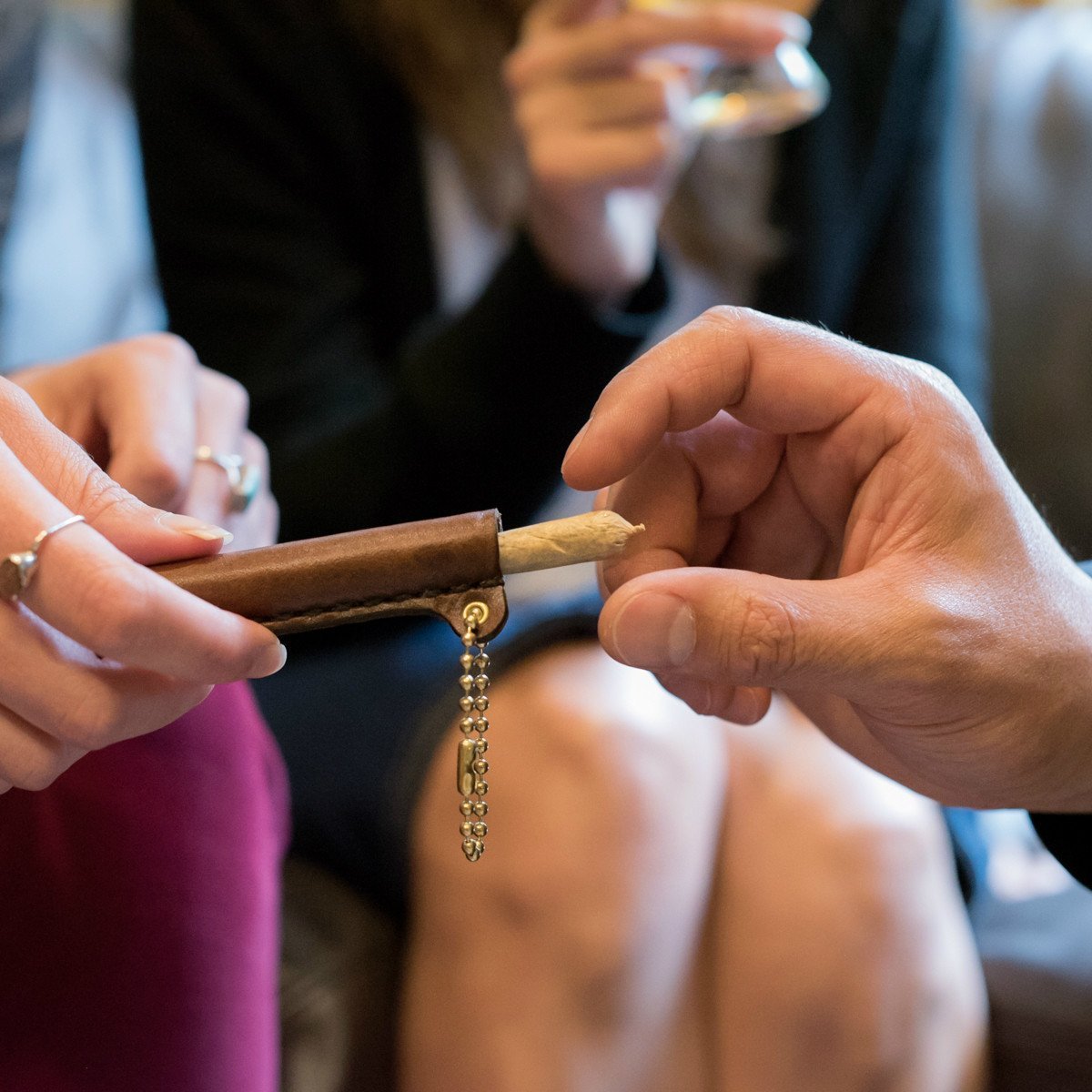
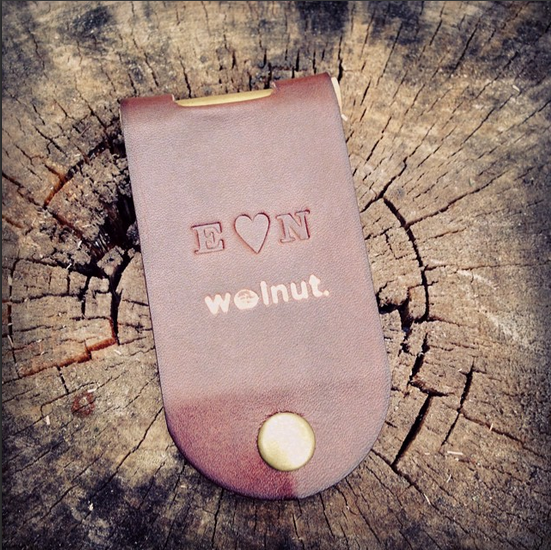
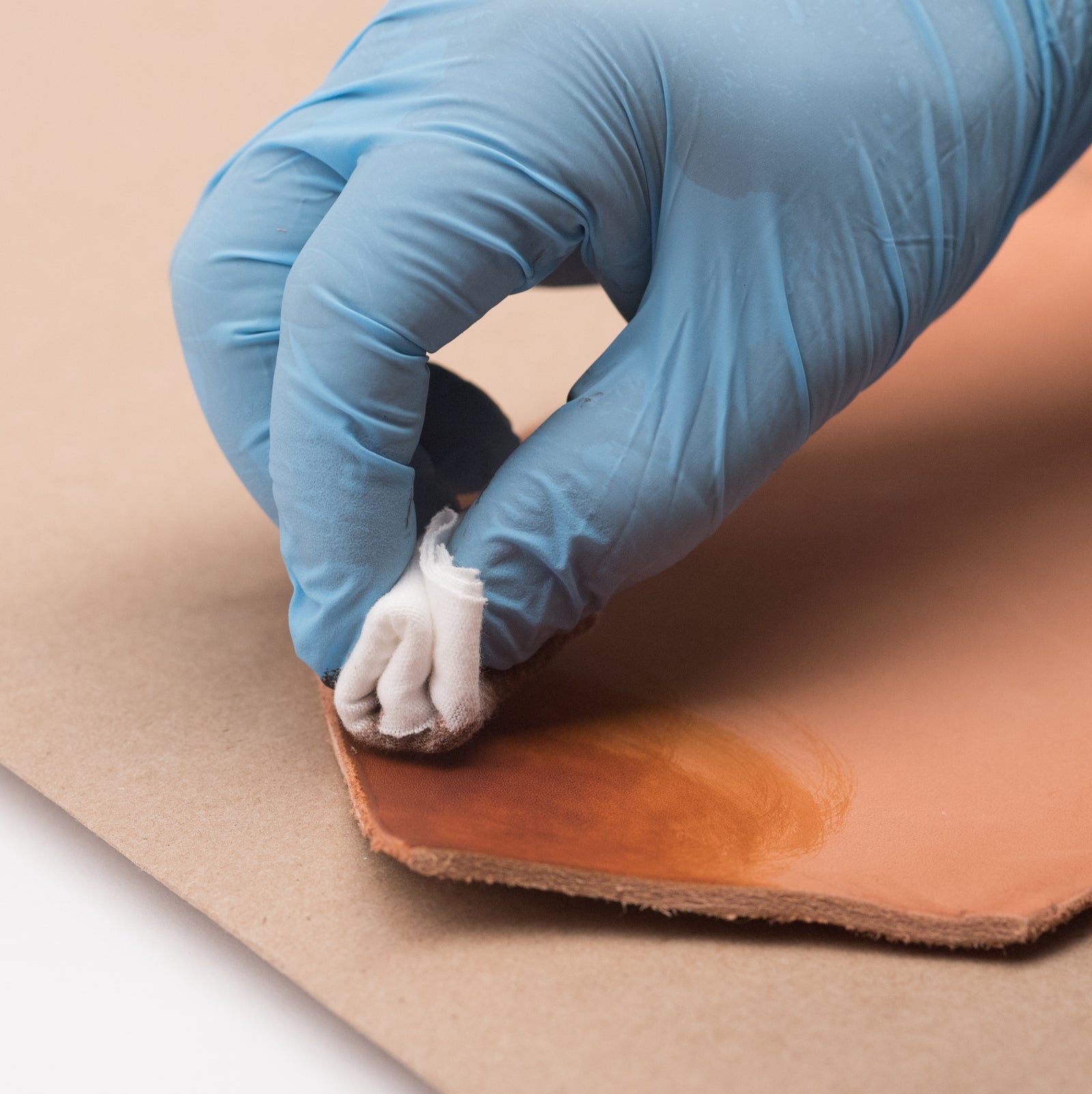

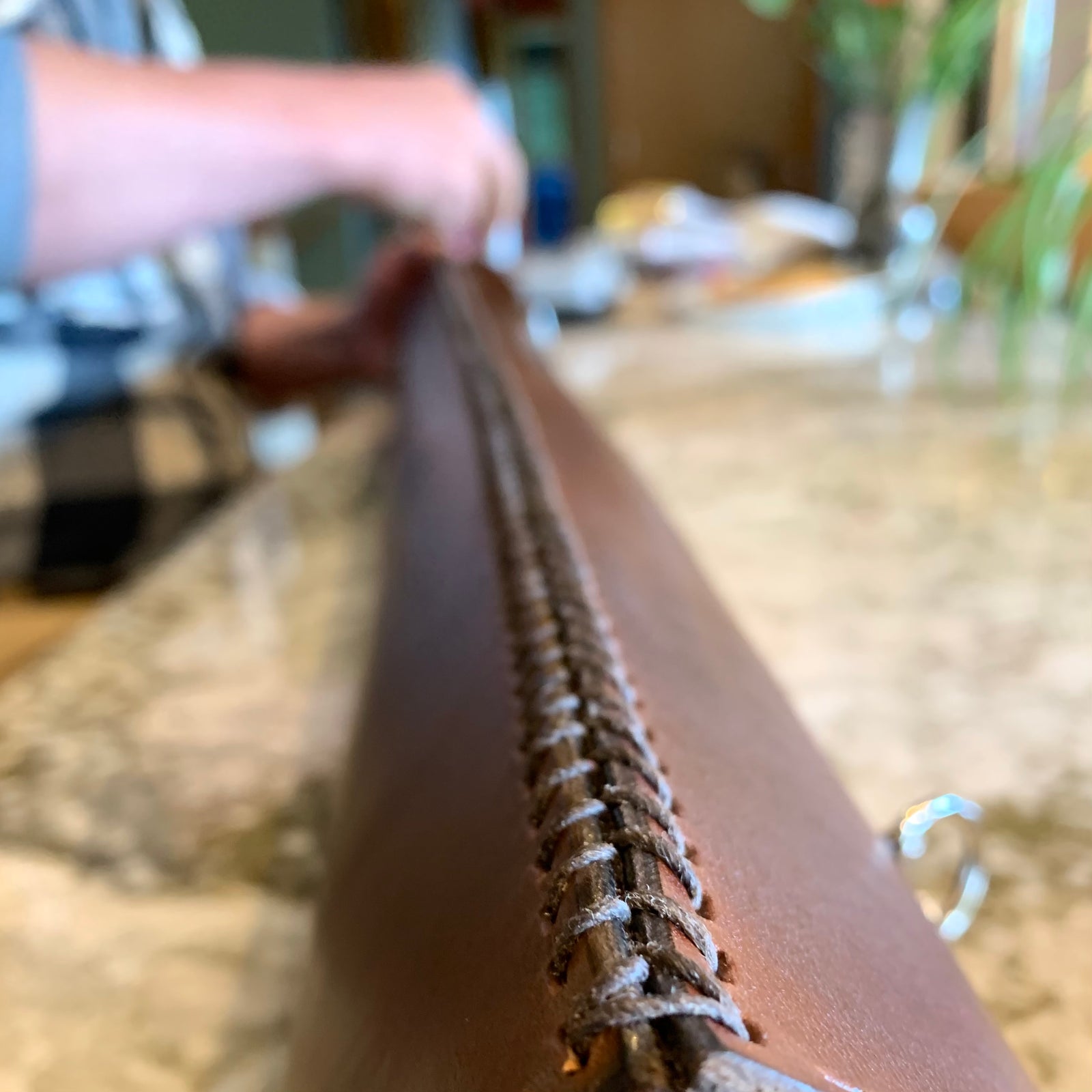
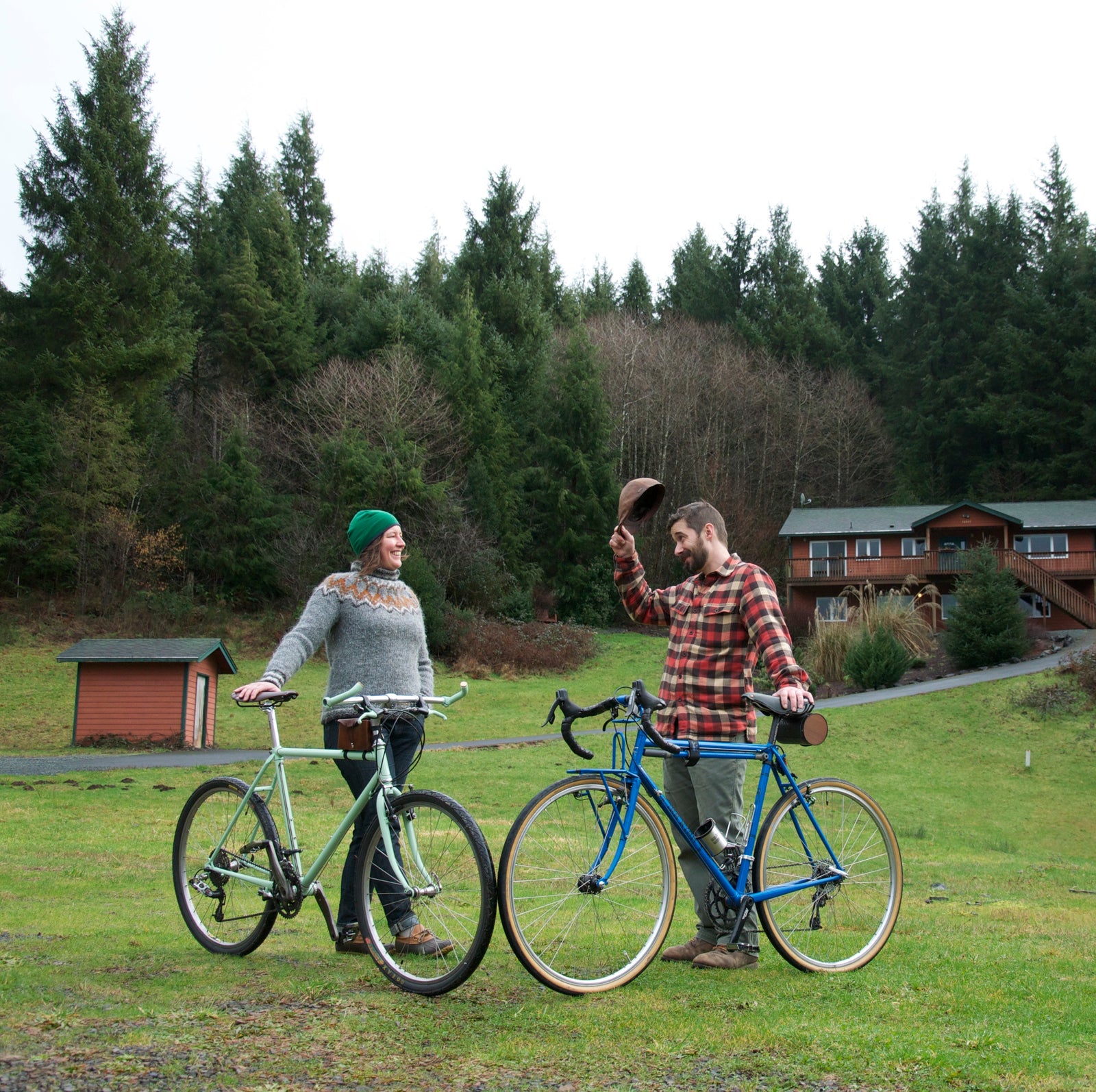
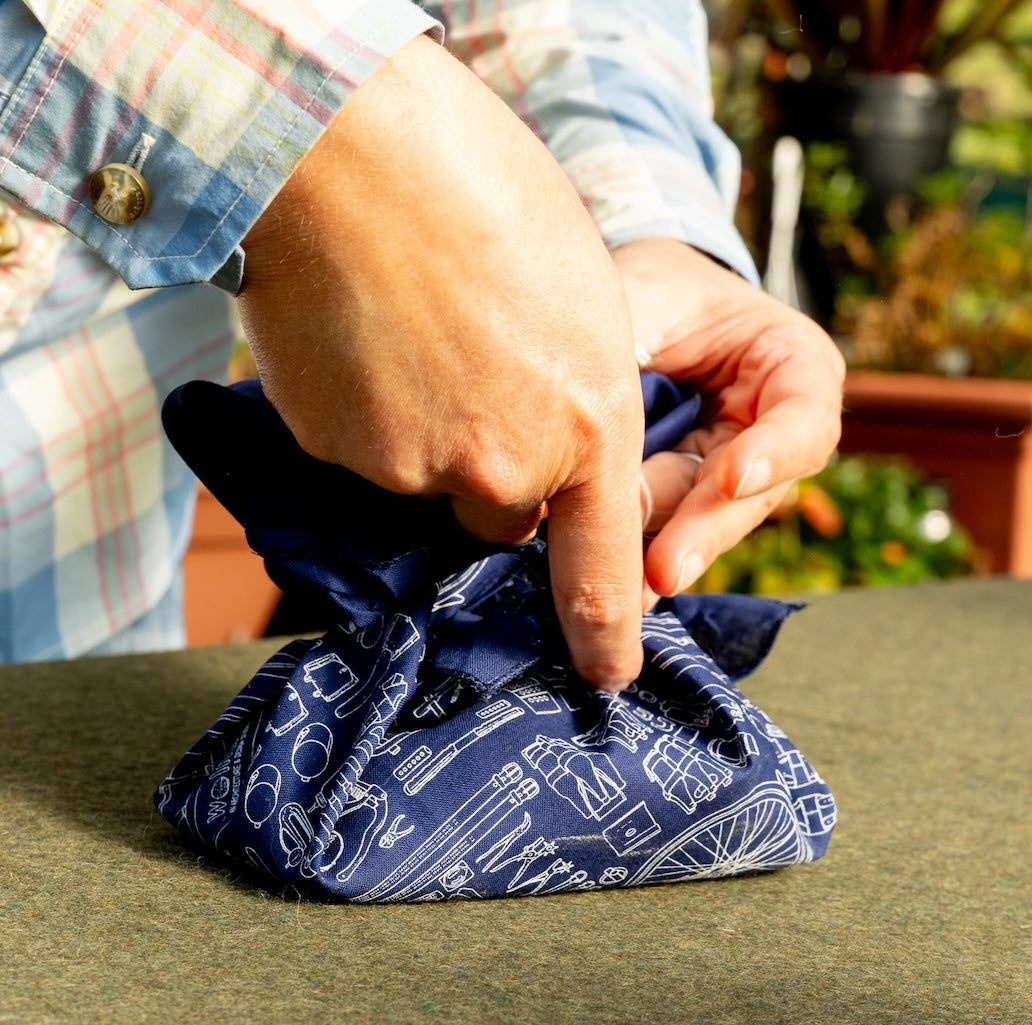
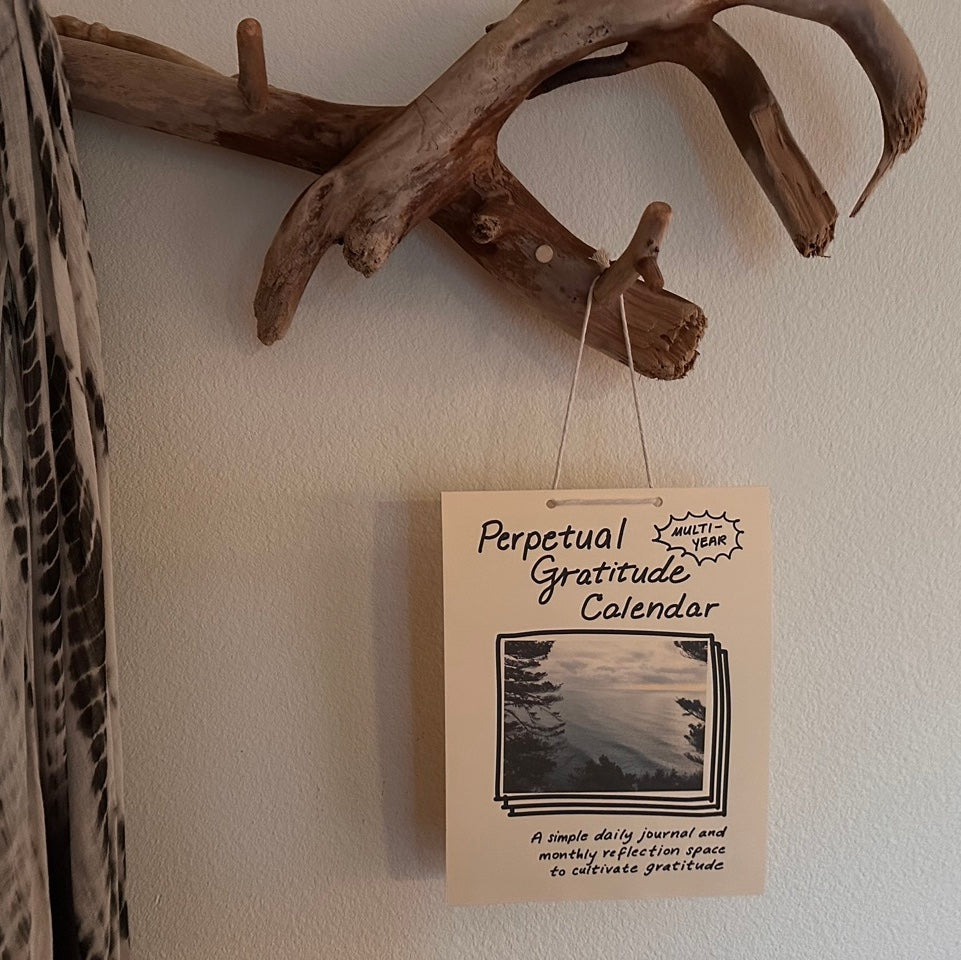
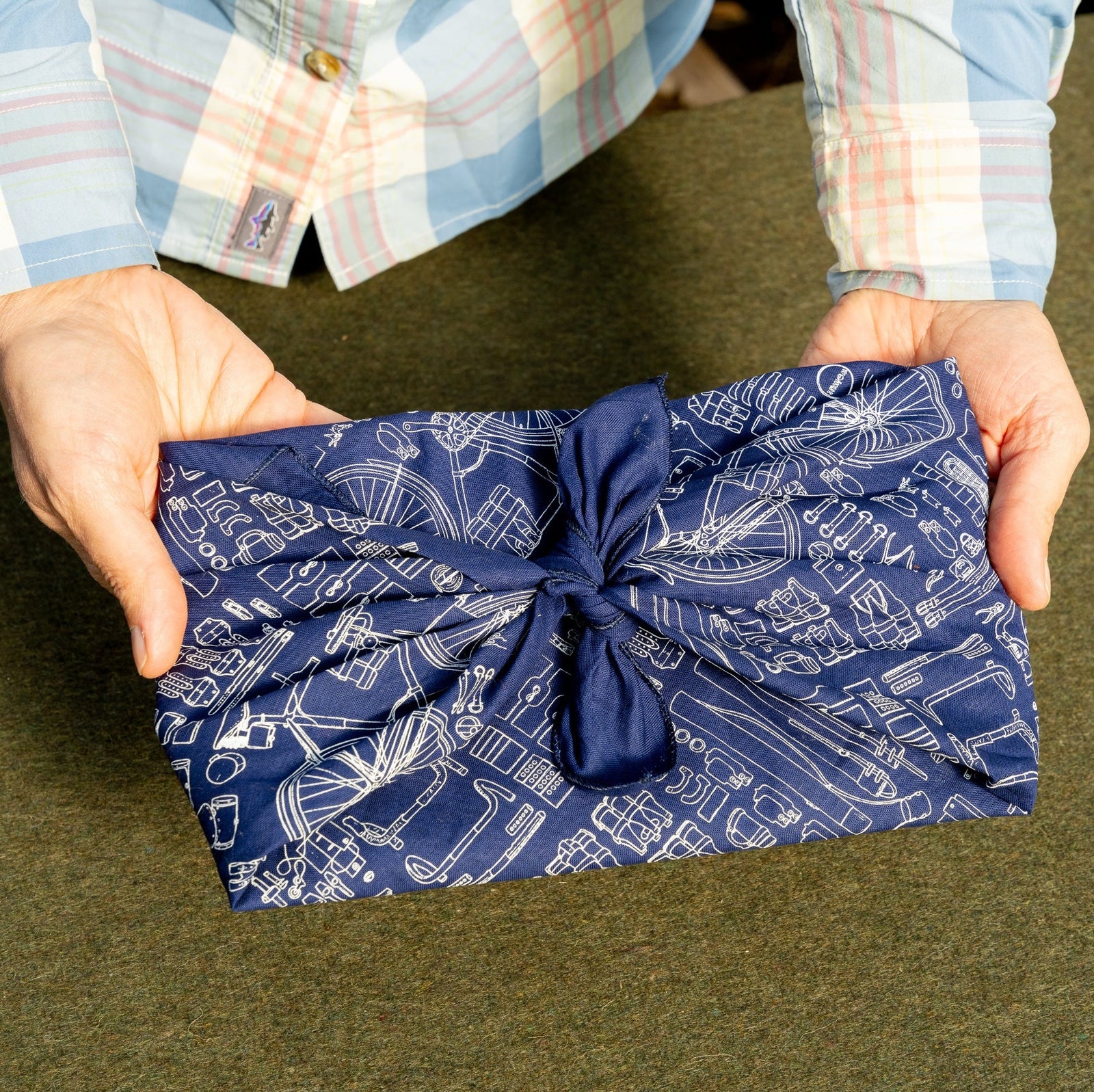

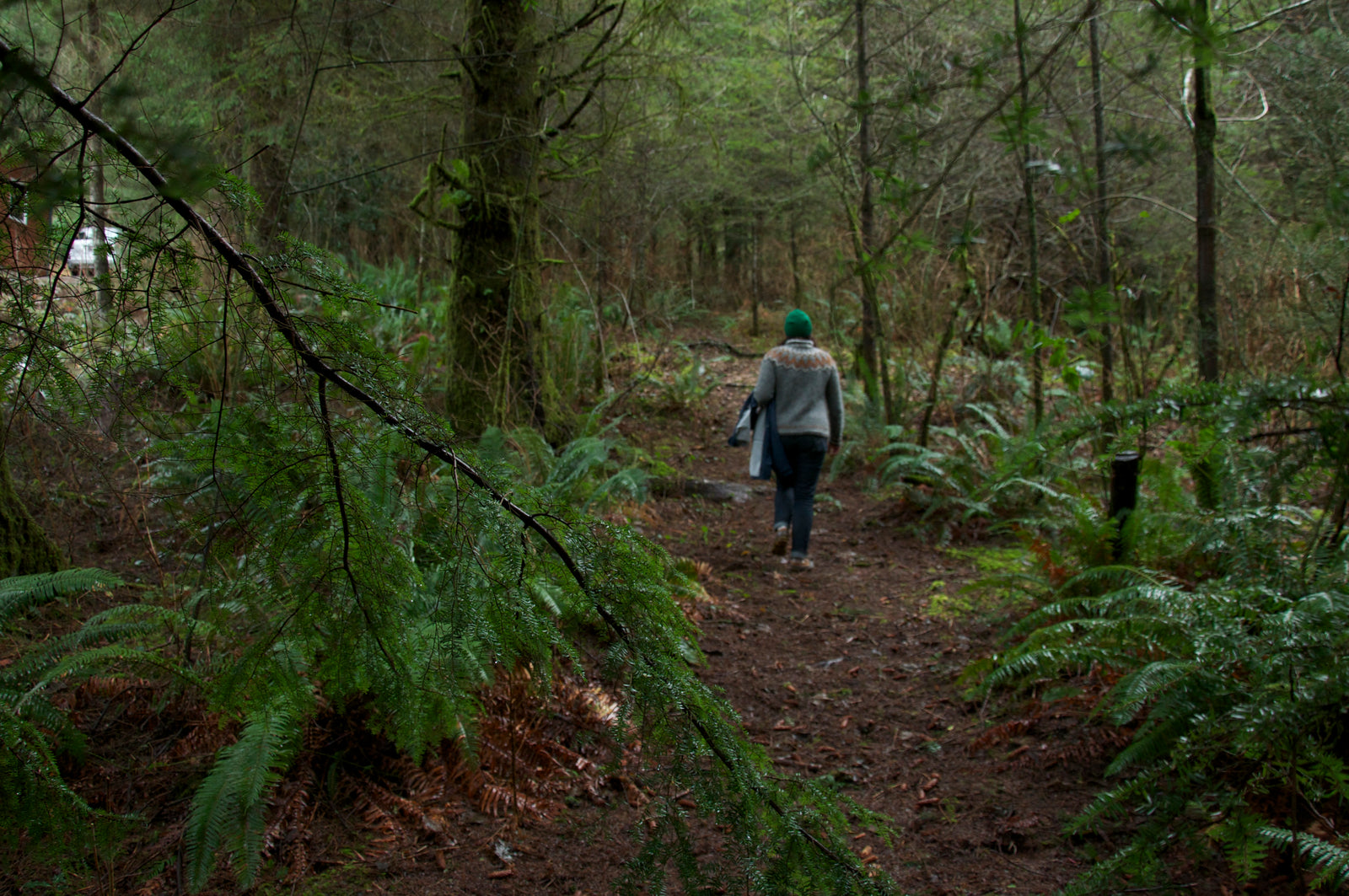
Walnut Studiolo
October 10, 2024
@Cheryl – A “box” is when you kind of cut and stack the cards a couple times to redistribute the cards. Here’s a video showing what that step looks like: https://youtu.be/9ef9281oYJo?si=UR2pU_CKWdqAHe1_. At the 6-second mark, she does the boxing. Great question, thanks for asking!